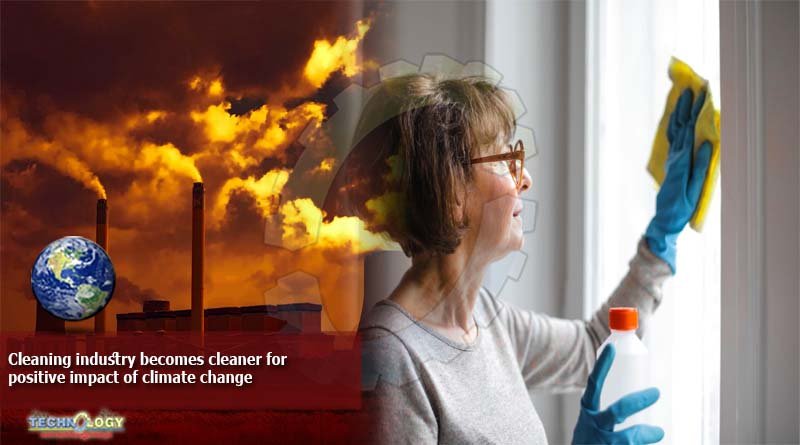While the cleaning industry itself has made real efforts to lower its environmental footprint, there is still more to be done for it to become even cleaner, and collaboration is the most powerful way of achieving this. In addition to the global pandemic, climate change is the other threat we all need to face up to.

Driven by Covid-19, this year we have seen unprecedented demand for cleaning products as people have fought to keep themselves and their loved ones safe. With this demand comes the responsibility of ensuring we’re reducing the impact of these products on the environment – now and in the future.
Like many established industries, the ingredients we use are responsible for the biggest share of greenhouse gas emissions across the lifecycle of our home care brands. And the only way we will change this is through experimentation, collaboration and innovation. It is this mentality that spurred our recently unveiled Clean Future – a vision where we aim to replace 100% of the carbon derived from fossil fuels in our home care formulations with renewable or recycled carbon by 2030.
Embracing advances in low-carbon chemistry and diversifying the carbon we use is integral to this commitment. Using innovative and cutting-edge chemistry, we are working to end the use of chemicals made with virgin fossil fuels by embracing the ‘Carbon Rainbow’ – an approach that sees us look at many possible alternatives to decarbonise our product formulations.
As part of the ‘Carbon Rainbow’, we’re looking at turning recyclable plastic waste into powerful biodegradable cleaning ingredients – we call this grey carbon. We have also been exploring taking carbon from the atmosphere, by turning harmful CO2 into soda ash, a key ingredient in laundry products – purple carbon. Harnessing the power of nature to create new bio-ingredients – green carbon. And looking to marine sources such as algae in a route we call blue carbon.
However, a first-of-its-kind initiative like this does not come without its challenges. Sourcing some of the ‘rainbow’ alternatives needs to be properly governed and their impact assessed, which is why we’re working alongside industry-leading sustainable sourcing programmes to prevent pressures on land use.
We are also determined to end the trade-off between a good product and one that does good. As we transform our sourcing and design, our products’ performance needs to be the same, or even better.
Furthermore, bold commitments have been made to cut our plastic waste and create a circular economy for the plastic in our packaging. Our aim of breaking from dependence on fossil fuels is the next step towards Unilever’s pledge of net zero emissions from our products by 2039.
But we know we can’t do this alone. By making our ‘Carbon Rainbow’ available to the industry we hope to drive reform, encouraging and inspiring others to follow suit as we look to create value by decarbonising the cleaning industry to create clean homes, a clean planet, and a Clean Future.
Originally published by The Grocer
